HIPAA compliance: let’s get this straight.
Imagicle Call Recording: elaborate architecture, simple interface.
As shown in the video above, Call Recording is the Imagicle’s solution for centralized call recording for Cisco UC platforms.
Easy to use, reliable and flexible, it’s dedicated to any company that needs to record calls either for critical services with legal requirements, for operator training or to keep track of important calls.
With two recording modes – Always On, where every single call is automatically recorded with no user intervention, and On Demand – Call Recording, other than on Cisco Phones, Cisco Jabber Desktop, and Cisco Finesse, is now available directly on Imagicle Attendant Console.
Simply, you can start and stop your recordings by pressing a button on your device for On-Demand mode (compliant with GDPR regulation), or pause and resume the recording to skip sensitive information, as credit card data (compliant with PCI-DSS regulation).
Nice, right? But we didn’t stop there.
The latest Release updates have made this solution even more useful and sophisticated. As well as Built-in Bridge Recording, Dial-In Recording and Network-Based Recording, today SIPREC (SIP Recording) is available.
That’s ideal when analog phones or third-party IP Phones recording is required, allowing to centralize all recording data into a single data center, even with multiple branches.
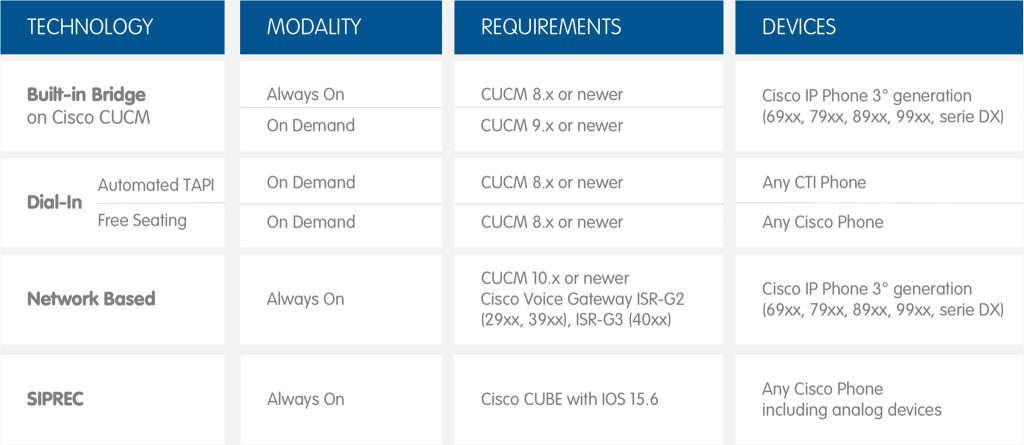 Call Recording: ready for every technology
Call Recording: ready for every technologySIPREC feature supports media recording for Real-time Transport Protocol (RTP) streams, with CUBE acting as the Session Recording Client.
Supporting recording of any kind of device behind the CUBE, SIPREC enables centralized recording in a multi-site scenario without any additional bandwidth consumption in the remote sites. It works for external (offnet) calls, both incoming and outgoing.
Wait, no CUBE? In case there is no CUBE for PSTN access, you can include one in your UCM configuration to anchor the calls for the devices you need to record.
Best practices to ensure HIPAA compliance.
HIPAA sets the standards for the storage and privacy of personal medical data, specifying how they must be shared across the U.S. health system in order to prevent fraud and abuse.
HIPAA’s Privacy Rule protects all individual health information, which is defined as “any health information that is individually identifiable”, held or transmitted by a covered entity or its business associate, whether electronic, paper or oral. This includes name, date of birth, social security number, address, health status, and payment information.
It’s clear, therefore, why Call recording falls under HIPAA, which – hear ye! – can also be an advantage. Not complying with these standards, in fact, could result in possible civil or criminal penalties, but being able to demonstrate compliance during conversations, together with the ability to quickly access critical call records, sometimes can get you out of trouble.
Here are some best practices to ensure full compliance with the HIPAA:
| Secure communications with the proper encryption. | |
| Implement controls over customer databases to make sure that unauthorized employees don’t have access to them. | |
| Get clear policies on the capturing, storing and accessing of patient health information | |
| Monitor sensitive Information with Audit Log Reporting |
The Imagicle solution to record calls allows you to meet each of these requirements.
Thanks to SIPS and SRTP protocols support, content and recording details are encrypted, and only authorized persons can playback the recording using a specific password, through a Web interface and from Jabber.
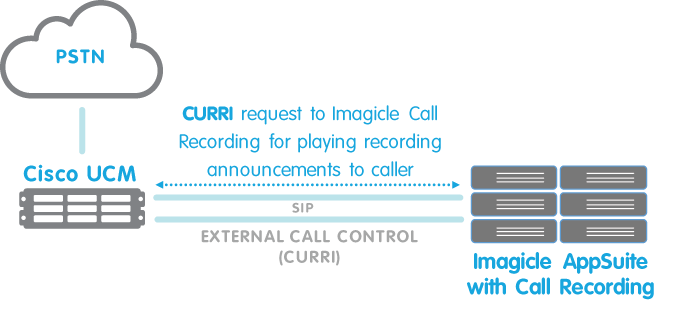
#stayimagicle
HIPAA White Paper
You might also be interested in…
-
Download
Brochure BlogImagicle for Webex Calling: AI-powered Apps to Elevate your Calling Platform.Imagicle for Webex Calling: AI-powered Apps to Elevate your Calling Platform. -
Download
Security BlogStay Compliant: A Complete Guide to Compliance Recording.Stay Compliant: A Complete Guide to Compliance Recording.Learn how to navigate regulatory requirements, protect sensitive information, and optimize your recording processes. -
Download
Brochure BlogElevate your Microsoft Teams experience with AI-enhanced Imagicle appsElevate your Microsoft Teams experience with AI-enhanced Imagicle appsMicrosoft Teams: from calling platform to a 360-degree tool to handle your communications in the new digital era.
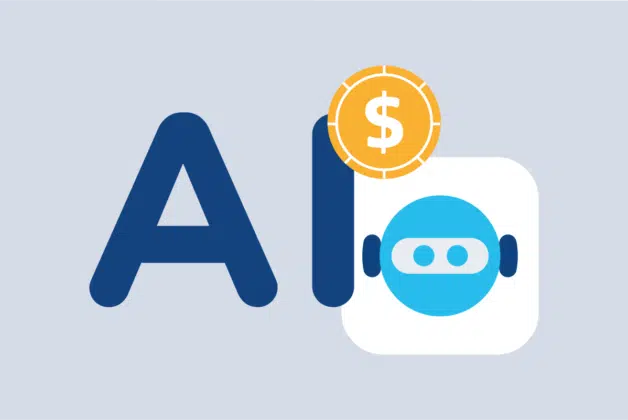

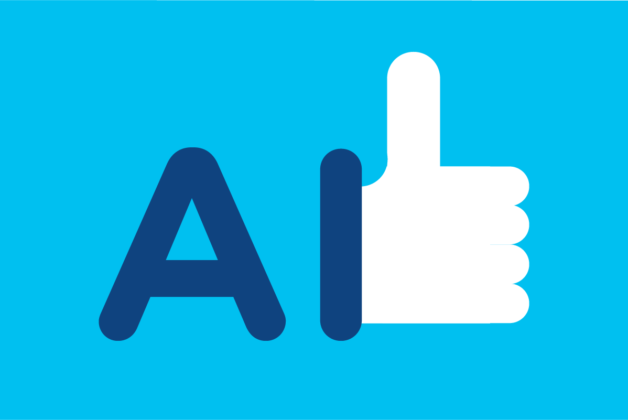
 Elena Panzera
Elena Panzera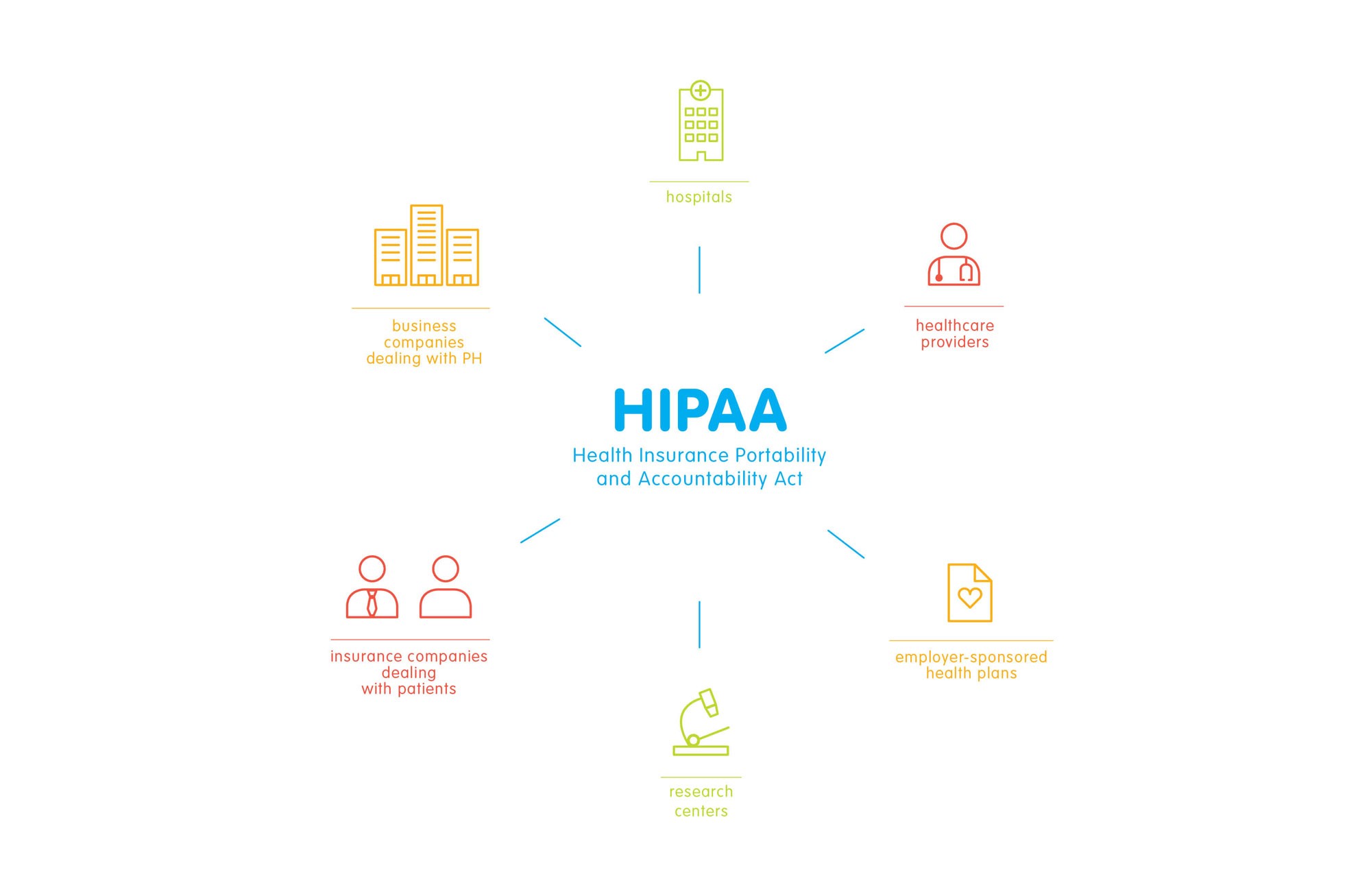
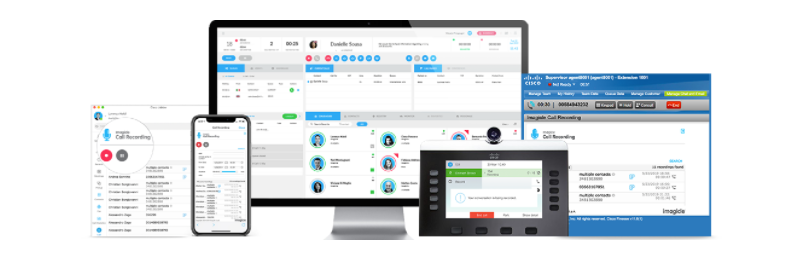

0 Comments